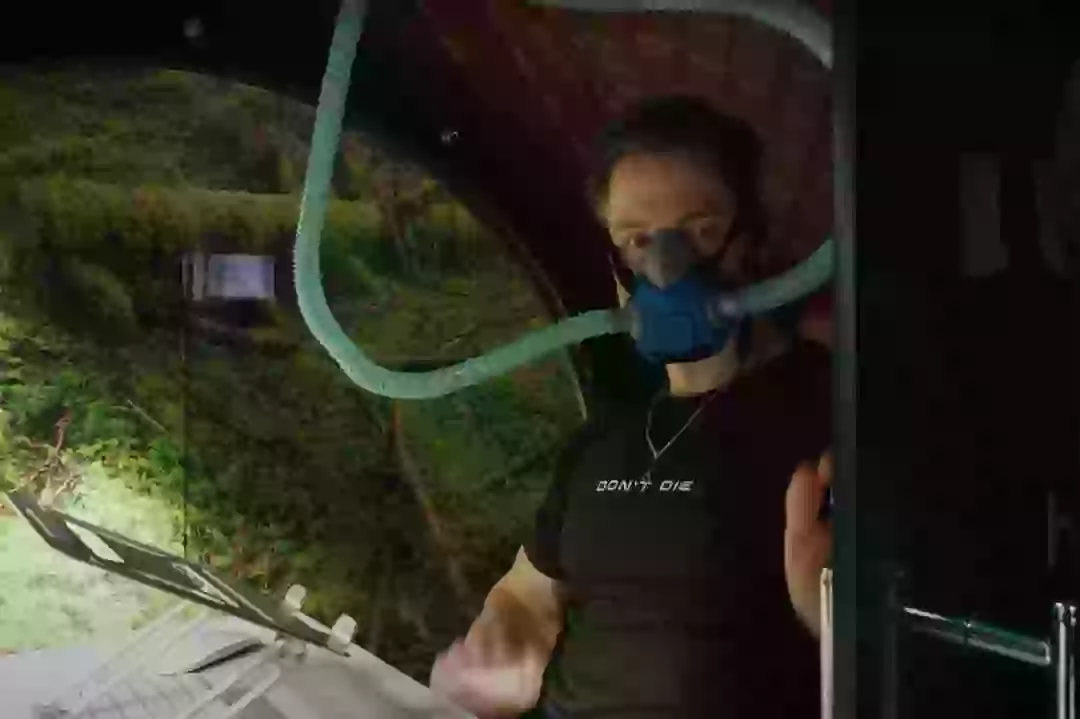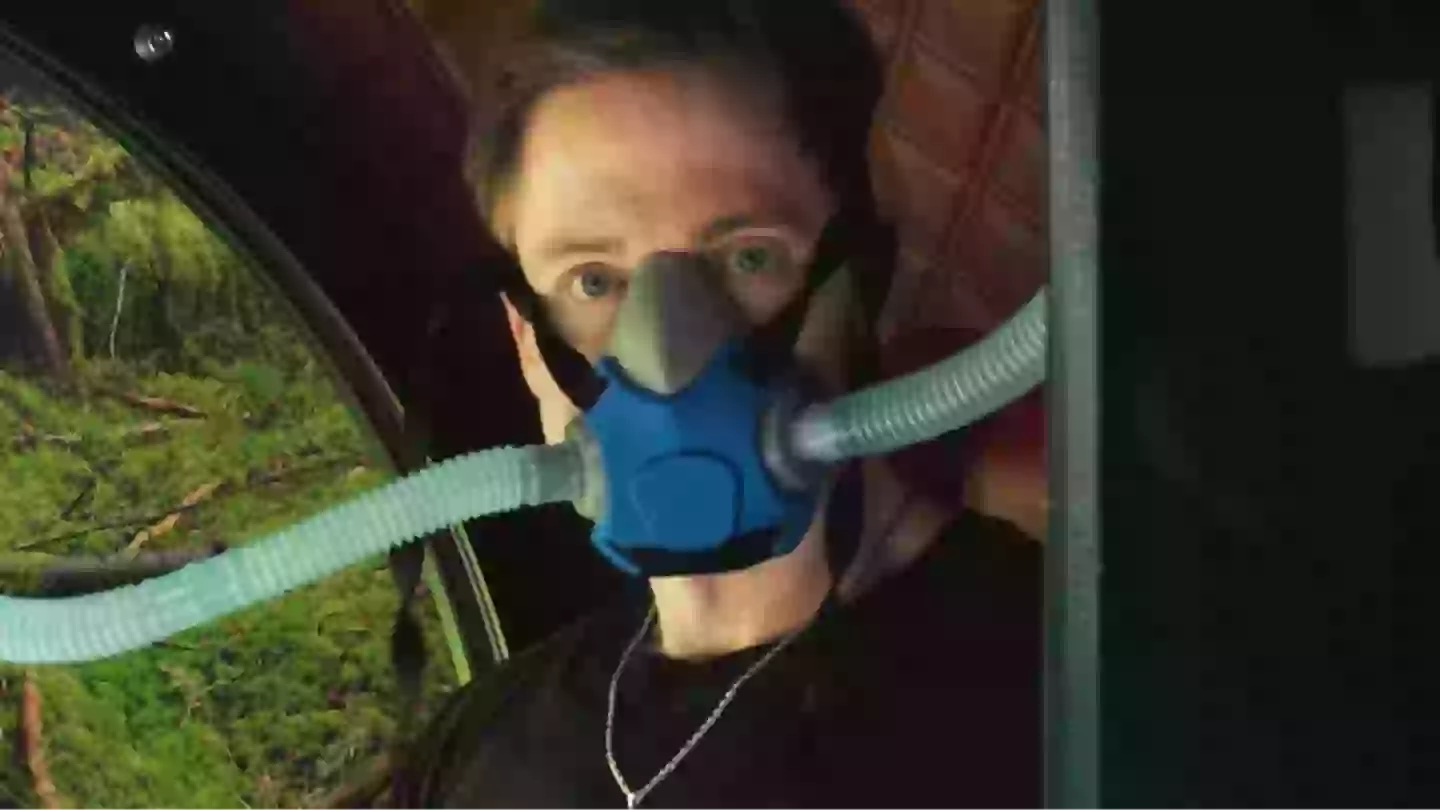A biohacker who reportedly invests $2 million annually in his quest for longevity has shared the primary anxieties he experienced during an intensive oxygen therapy regimen.
Bryan Johnson recently concluded a comprehensive study involving 60 sessions of hyperbaric oxygen therapy (HBOT), each lasting ninety minutes, spread across a three-month period.
This medical procedure involves patients inhaling pure oxygen within a specialized chamber that maintains elevated atmospheric pressure, enabling the body to take in substantially higher oxygen levels.

The additional oxygen proves effective for treating various medical conditions, including wound healing, bacterial infections, and numerous related ailments affecting different body systems.
As part of his anti-aging mission, the 47-year-old entrepreneur from Utah documented his experience and shared his findings through his video platform, highlighting his primary apprehensions about the treatment.
During his discussion with viewers, he detailed these specific concerns: “Beginning HBOT treatments presents a distinctly unusual experience; being enclosed in a highly pressurized environment naturally raises questions about potential emergencies.
“Living in California means frequent seismic activity, so I wondered about emergency evacuation scenarios and response times. The minimum depressurization period from two atmospheric pressures requires approximately two minutes.
“Many of my acquaintances found the chamber too confining due to claustrophobic reactions. Additionally, wearing the breathing apparatus can feel somewhat restrictive, creating noticeable resistance during inhalation throughout the therapy session.”
Johnson further explained: “These challenges make HBOT particularly demanding for individuals with claustrophobia, breathing difficulties, or time management concerns, especially when left alone with one’s thoughts during extended sessions.”

Johnson documented remarkable physiological improvements, including a 300 percent increase in blood vessel development and a 1000 percent rise in akkermansia bacteria, which correlates with enhanced digestive and metabolic function.
Additionally, biomarkers associated with Alzheimer’s disease risk decreased by 28 percent following Johnson’s three-month oxygen therapy protocol.
The treatment also produced significant improvements in Johnson’s skin condition throughout his entire body, with ultraviolet damage showing approximately 10 percent improvement.
Telomeres, protective structures found at chromosome endpoints that serve as crucial indicators of biological aging and overall health status, were also monitored throughout the experimental period.

